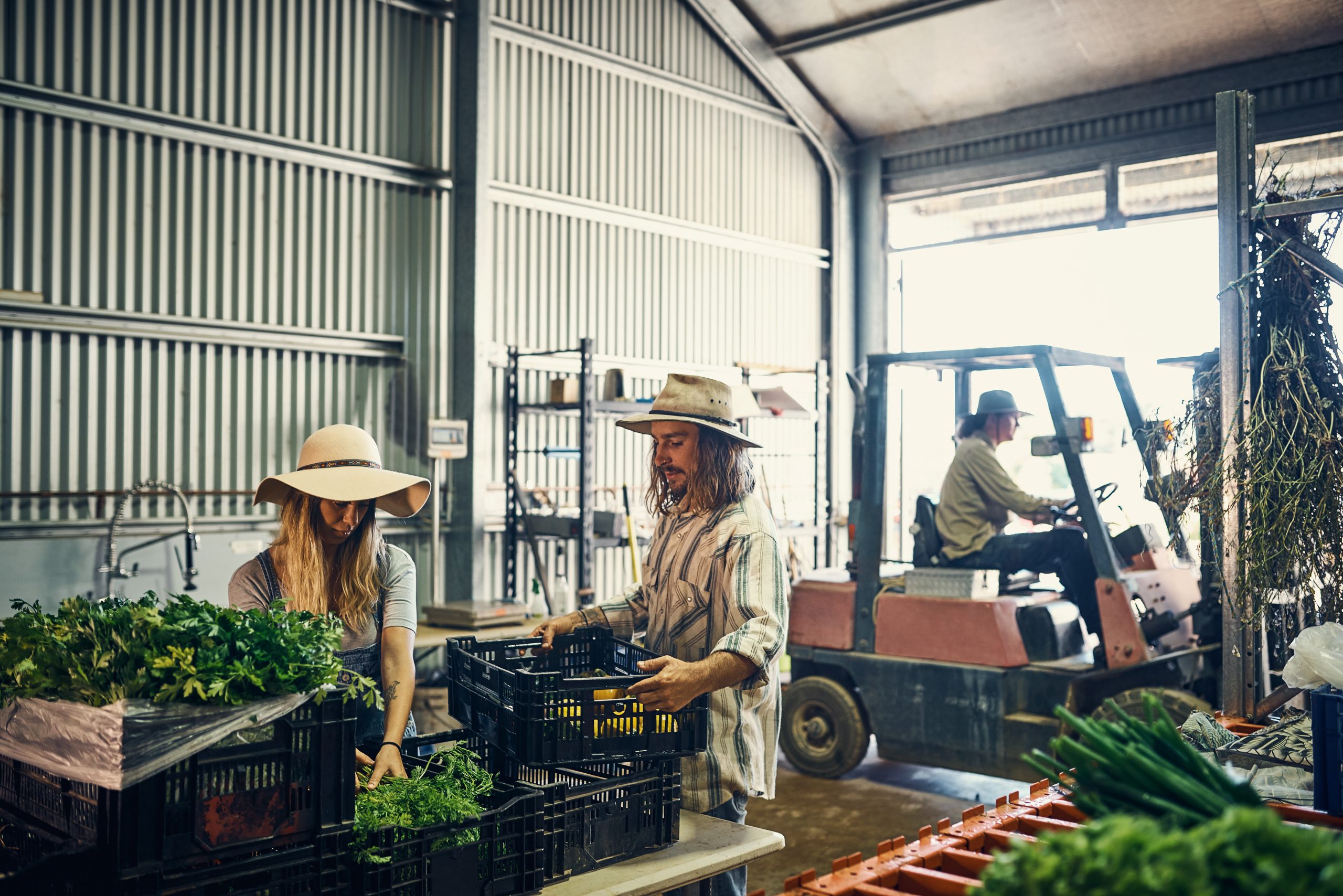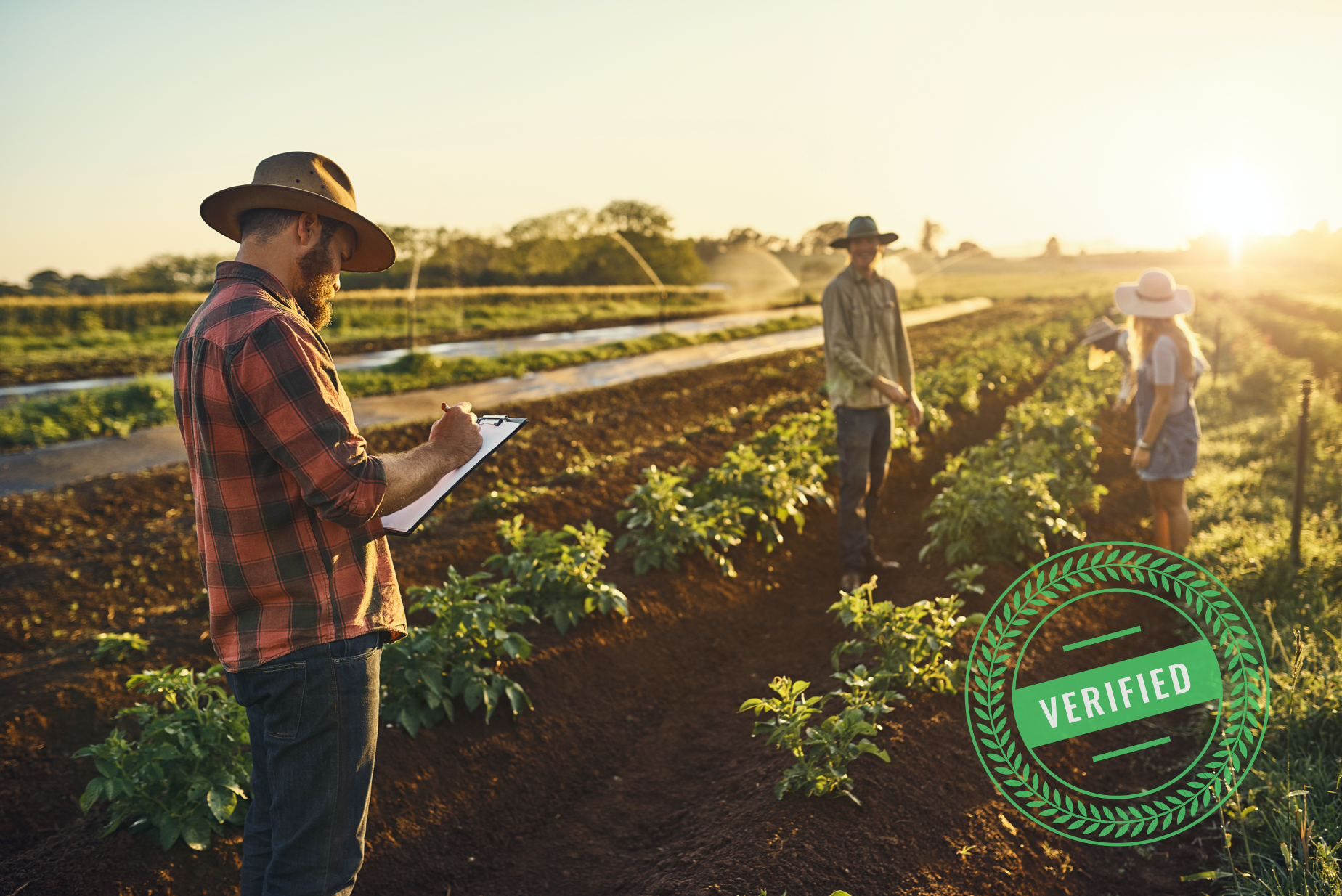
Improving profitability through strategic wholesale energy purchases
22 February 2021
Carrot and the stick – Tree helping growers find workers
22 February 2021Summer may be nearly over but for growers and workers in some parts of Australia, heat stress presents a more insidious and dangerous hazard each day. The Growcom Fair Farms Initiative team reports.
Over the last 120 years, heat has killed more Australians than any natural disaster. Recently, the risks of heat became apparent when a business owner in north Queensland was fined $65,000 for the death of a backpacker who collapsed from heat stress while picking fruit.
With so many industry workers arriving from much cooler climates, it is critically important this summer that you understand the risks of heat stress and how to keep your workers safe.
What is heat stress?
Heat stress refers to any heat-related illness that arises when the body cannot cool itself properly. Human bodies regulate heat and cool down by sweating; however, sweat can be insufficient, which causes body temperature to rise. Heat stress can manifest in relatively mild conditions such as heat rash or heat cramps. While these conditions can seem more inconvenient than dangerous, they can be an early symptom of heat exhaustion or heat stroke and should be treated seriously.
Heat exhaustion happens when excessive sweating in a hot environment reduces blood volume, natural fluid and salt levels. Heavy sweating, paleness, rapid heart rate, muscle cramps, dizziness, headache, nausea and fainting are all warning signs. Heat exhaustion is very dangerous and can develop into heat stroke. If you suspect someone has heat exhaustion:
- Move them to a cool, shaded area and lay them down.
- Remove their outer clothing.
- Wet their skin with cool water or wet cloth.
- If they are fully conscious, increase their fluid intake.
- Seek medical advice.
Heat stroke occurs when the body’s core temperature rises above 40.5°C and loses the ability to sweat and cool down. Heat stroke can develop rapidly over 10-15 minutes. Warning signs include an extremely high body temperature; red, hot, dry skin; a rapid pulse; throbbing headache; dizziness; and nausea. People may stagger, appear confused, have a seizure, or become unconscious as their central nervous systems and organs suffer severe damage. Heat stroke is incredibly dangerous and is fatal in up to 80 per cent of cases. If you suspect someone has heat stroke:
- Call triple zero (000) immediately.
- Try to reduce their body temperature by moving them to a cool, shady area, fanning them continuously and wetting their skin with water.
- Do not give them fluids to drink as the airway may be obstructed.
- If unconscious, lay them on their side.
How to manage heat stress
When it comes to managing heat stress, prevention is better than a cure. The risk of heat stress is highest during heat waves, high humidity, and when temperatures are 5°C or more above average. Workers are at higher risk when working in uncovered areas outdoors. To manage the risk of heat stroke, consider including these strategies into your WHS policies and procedures:
- Drink plenty of water and avoid sugary drink intake.
- Wear lightweight, long-sleeved, cool clothing.
- Provide sunscreen, hats, and sunglasses to workers.
- Provide workers with wet towels for cooling down.
- Organise frequent breaks in shaded areas and consider job rotation.
- Plan to schedule outdoor work in the cooler parts of the day.
- If indoors, keep air circulating with fans.
- Check in with your workers frequently about how they are feeling.
- Ensure everyone understands the signs and risks of heat stress and how to manage it.
As the frequency and duration of heat waves increases across Australia, it is more important than ever to stay informed and understand how to keep yourself and your workers safe though hot conditions.
Fair Farms is about raising awareness of this, and many other practices that look after workers and keep them safe and happy. The Fair Farms Standard has been accepted as meeting responsible and ethical supply-chain policies.
Employers who wish to demonstrate compliance with the Fair Farms Standard can achieve third-party certification with our simpler, cheaper Australian solution. For more information, visit fairfarms.com.au or email us at fairfarms@growcom.com.au.
Find out more
Please visit the Fair Farms website.
Visit fairwork.gov.au and growcom.com.au for more information regarding your obligations as an employer.
Fair Farms is developed and delivered by Growcom with support from the Fair Work Ombudsman, the Federal Department of Agriculture, and AUSVEG.

